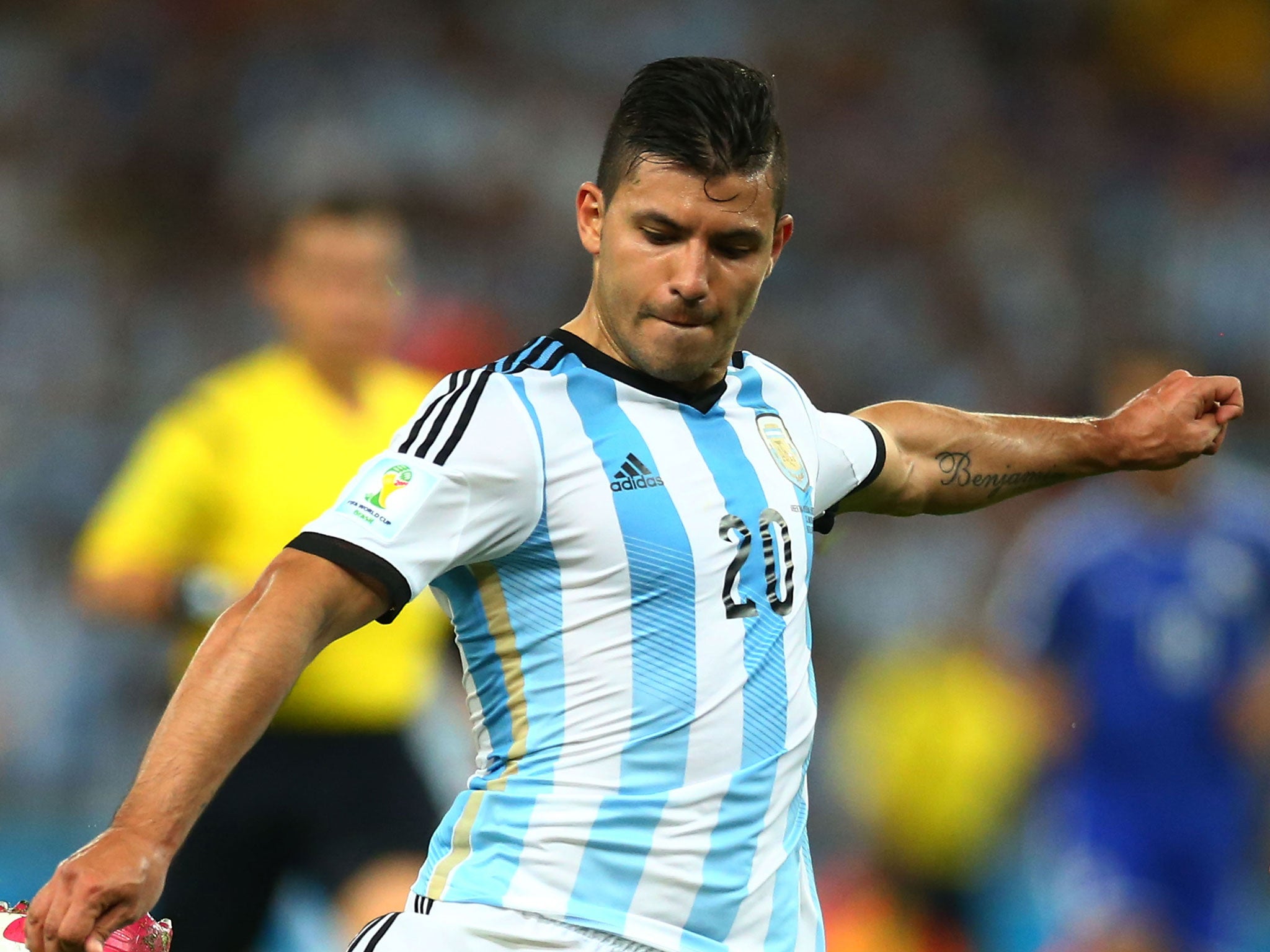World Cup 2014: Return to 4-3-3 works for Argentina in win over Bosnia-Herzegovina - but they might not stick to it
Sabella ditched first-half experiment and reverted to tried and tested 4-3-3 in win over Bosnia

Your support helps us to tell the story
From reproductive rights to climate change to Big Tech, The Independent is on the ground when the story is developing. Whether it's investigating the financials of Elon Musk's pro-Trump PAC or producing our latest documentary, 'The A Word', which shines a light on the American women fighting for reproductive rights, we know how important it is to parse out the facts from the messaging.
At such a critical moment in US history, we need reporters on the ground. Your donation allows us to keep sending journalists to speak to both sides of the story.
The Independent is trusted by Americans across the entire political spectrum. And unlike many other quality news outlets, we choose not to lock Americans out of our reporting and analysis with paywalls. We believe quality journalism should be available to everyone, paid for by those who can afford it.
Your support makes all the difference.After a certain amount of confusion among the Argentina players, there was now only clarity. It was down to more than the fact they had three points. They also had three forwards, as Alejandro Sabella finally switched formation to seal the 2-1 win over Bosnia and Herzegovina.
This, at last, saw the real Argentina, the real Lionel Messi, raising questions over why Sabella had forced something as unfamiliar as a 5-3-2 on them in the first place – and whether this could prove a complication in their quest to win a third World Cup. Speaking after the game at the Maracana, Manchester City’s Pablo Zabaleta readily acknowledged the entire team basically felt much more “comfortable” in their usual 4-3-3.
“The change gave us more attacking potential,” Zabaleta said. “We were a bit more balanced, we could come out a bit quicker, we were helping the forwards more. In the second half, Alejandro [Sabella] put another attacker on, so we could give them more problems in defence.
“The 4-3-3 is the system that gave us so much success in qualification, the one we feel most comfortable with.”
Sabella’s initial decision to experiment with five at the back in training had caused bemusement around the Argentina camp even before the game, and raised a lot of theories as to why he had taken the decision. The manager only added to the intrigue by being so evasive on the subject in the pre-match press conference. It transpired he only told the players they would definitely be starting with five at the back in the hotel before the game. That only lasted until half-time.
It had been speculated that Messi asked for the 5-3-2 in order to play closer to Sergio Aguero, following on from a growing feeling that the playmaker is developing extensive power within the squad. That was seemingly disproven by his own words, as Messi made it clear he was much more content in a 4-3-3.
“In the first half we gave up possession to Bosnia and so I was too deep,” he said. “I was alone and Kun [Aguero] was alone. It was very difficult. We like [4-3-3] better because, when you go forward, you have more possibilities of passing the ball and scoring.”

There had been some logic to the initial decision, given that Argentina’s defence is notoriously porous and Bosnia and Herzegovina’s attack is famously potent. But it meant as many as four players were wasted marking one, Edin Dzeko. The knock-on effect at the other end was that, once Argentina’s energy ran out after the Sead Kolasinac own goal, they couldn’t fill those massive gaps so readily. Bosnian goalkeeper Asmir Begovic admitted his team were also affected by the switch.
“It meant we had to change as well. We had to pay more attention at the back as they left a lot of people up front.
“We lost, but the difference was the best player in the world. We’re going to take some positives from that and move forward.”
Messi was certainly moving forward with much more force. His rampaging runs from deep became the defining feature of the game. Bosnian defenders could not get close to him, but that was because so many more team-mates were much nearer. A reshaped midfield gave better support behind, a restructured attack allowed more space. The off-the-ball runs of Aguero and substitute Gonzalo Higuain were key to that match-clinching 65th-minute goal.
The question is whether Sabella will now persevere with 4-3-3. But he is also a manager who will likely think as much about Vedad Ibisevic’s late consolation goal. The change in this game almost cut to the crux of his career. Even presented with attackers like this, he always worries as much about what the opposition can do to his side. “I’d be happy to win half-nil,” Sabella recently said. Against a more proactive attack than Bosnia and Herzegovina, he will likely return to a formation that is more restrained.
Zabaleta further alluded to his precautions. “We’ve always said it’s important to have two styles to play because, depending on how they play in the match, you can change.”
Here, there seemed only one way of succeeding.
Join our commenting forum
Join thought-provoking conversations, follow other Independent readers and see their replies
Comments